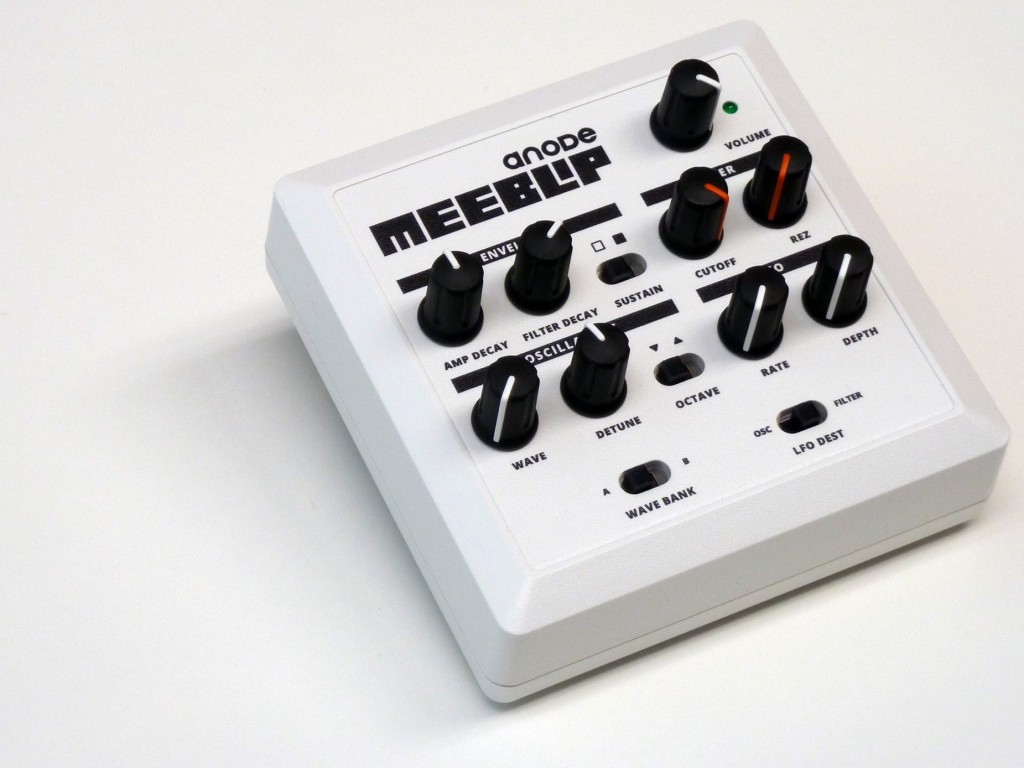Spaceship Delay is a free modeling plug-in for Mac and Windows with some wild effects. And it’s made possible partly thanks to the openness of hardware from KORG (and us). The plug-in itself you shouldn’t miss, and if you’re interested in how it’s made, there’s a story there, too.
First, the plug-in — it’s really cool, and really out there, not so much a tame modeling effect as a crazy bundle of extreme sonic possibilities. In fact, it’s as much a multi-effects processor as it is a delay.
Here it is in action, just quickly applying some of the sounds to a drum loop (and making use of its “German/Canadian” MeeBlip filter model):
There are tons of extras packed in there, and the unruly quality of it to me is part of the appeal. (I’m planning on making something with this one, absolutely.)
You get three delay modes: single, ping pong, and dual/stereo, plus:
- Delay time, time subdivisions, tap tempo, sync
- Feedback
- Modulation
- Attack control for triggering via dynamic
- Modeled “spring” tape reverb based on the Dynacord Echocord Super 76
- Bitcrusher
- Tube preamp
- Vintage phaser
- Modeled synth filters from the KORG MS-20 and MeeBlip anode/triode
- Monotron delay-inspired delay
- Freeze switch (opening up use as a looper)
- Loads of presets
Plus there’s extensive online help to assist you in navigating all these choices. And I totally read it. Really. No, okay, I didn’t, I just played with the knobs. But I did have a look, and it looks nice.
VST, AU, AAX formats
32-bit, 64-bit
macOS, Windows
There are a lot of possibilities here, from subtle to experimental, useful for pretty much anything from drums to vocals to synth to guitar.
But the story behind the modeling is also fascinating. Creator Dr. Ivan Cohen has delved deep into the theory of modeling, and has been writing about the process on his blog. It’s definitely of interest to developers, but makes a good read for anyone curious about vintage and new hardware and different designs of filters and the like. (No doctorate in DSP required.)

Open designs have long been a part of the history of electronic music technology. In the analog days, it was fairly typical to publish circuit designs. These were ostensibly for purposes of repair, but naturally people read and learned from them and produce modified versions of their own. Then along came digital tech, and much of the creativity of the business disappeared into the black boxes of chips – not only to protect intellectual property, but because of the nature of the chips themselves.
Now, we’ve come full circle. Researchers discuss design and modeling in academic circles. And fueled by online communities interested in hacking and the open source movement, hardware makers increasingly share their designs. That’s included KORG publishing MS-20 filter circuits and encouraging modifications, and of course our own MeeBlip project.
What’s cool is that Ivan has used that openness to learn from these designs and try his own implementations, all in a context we never envisioned. So you can apply something inspired by the MeeBlip and Korg filters in a new digital environment.

The vintage Super 76 inspired the tape delay model – and is reason alone to take a look at this plug-in.
Not all of the modeling is perfect yet. But that’s fun, too, as you get some weird and unexpected effects.
Here’s his story on the original version:
https://musicalentropy.github.io/Spaceship-Delay/
And an in-depth discussion of why he used these filters and what inspired him:
The filters in Spaceship Delay
Grab the plug-in here, and consider casting your vote in the KVR Developer Challenge:
http://www.kvraudio.com/product/spaceship-delay-by-musical-entropy/details
Totally free as in beer.